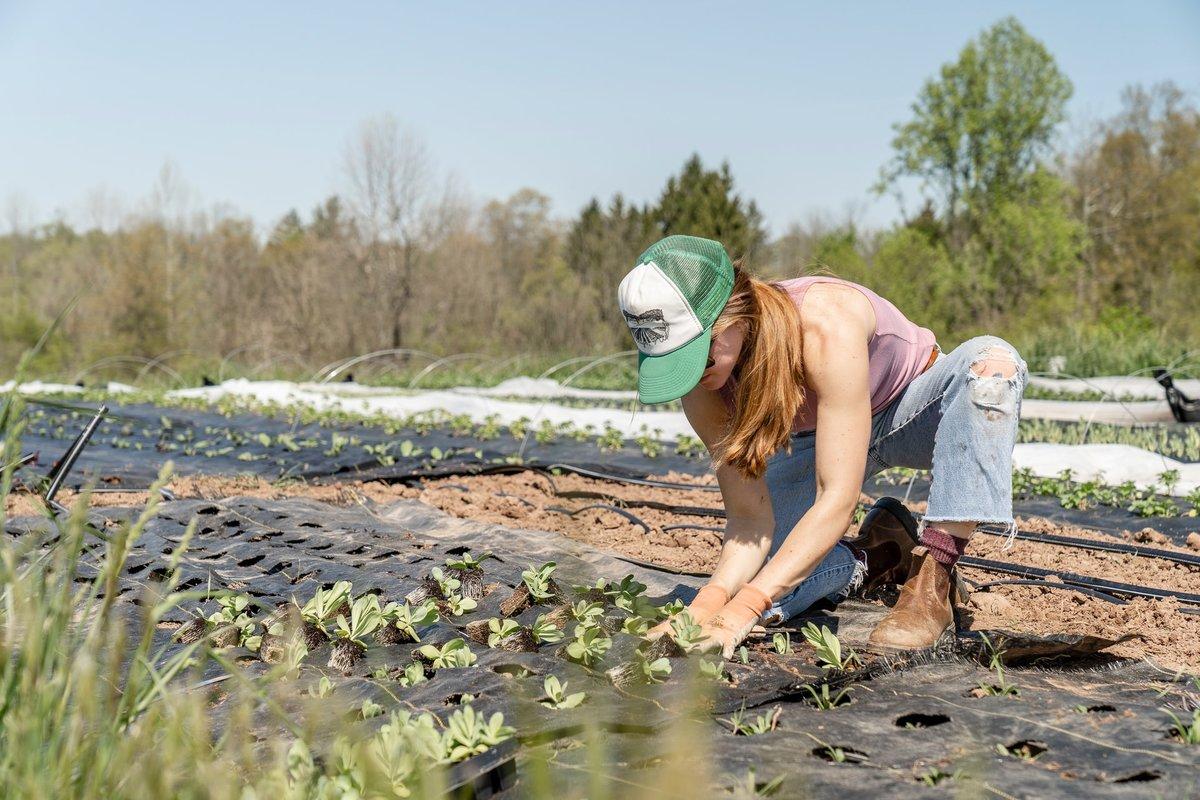AUTHOR: Faustine Bas-Defossez
Science is unequivocal about the urgent need for a radical change in the way we produce and consume food. Yet the most influencing policy behind this is criticized for not stimulating and encouraging the necessary transition towards sustainable practices in the sector.
The recent reform of the CAP and its disappointing outcomes are a perfect illustration of it, and even more so given the blatant and increasing gap between the citizens’ request for more sustainability, science reports, and political reality.
There are many economic, cultural, and structural factors explaining that attempt to maintain status-quo over necessary changes, but what if gender was also playing a role in CAP decision-making, and how? It is indeed fundamental to have a better understanding and picture of who decides and influences what and ask ourselves how and if this is playing a role in the laws that are eventually adopted and implemented.
We looked at the balance between men and women in the three European institutions and the farm unions since the last CAP reform in 2013 and before. Before doing so, we searched the literature for a potential link between women in farming and sustainability.
On average in Europe, 30% of the farms are led by women – but in reality, there are many more women involved in farm activities, as family farms are largely represented across the EU and women play an important role in those, even if they are not ‘visible’ in the data. Some recent research looks further into the role of women farming in the shift towards more sustainability and highlights their key role in this transition. Women are also seen as bringing a new vision and new practices.
Conventional farming is reported in various works as patriarchal, and women are disproportionately more likely than men to operate farms that engage in forms of sustainable agriculture (direct-to-consumer sales, organic farming). Sustainable farming practices may substantially lower the barriers to entry for women by reducing capital and land requirements, providing learning opportunities to acquire the necessary skills, improving farm income and enabling farms to locate in urban and suburban areas as opposed to rural regions.
If women are, in the literature, identified as being more inclined to adopt sustainable practices and to some extent as key enablers of a sustainability shift in the field, what is their role in the decision-making instances and how are they represented in the largest farm unions?
In the European Parliament, the share of women sitting in the Committee responsible for agriculture (the one eventually deciding on CAP) is below 40% (specifically 38%), and it was even lower in the 8th Parliament (32%). Interestingly, the share of women sitting in the Environment committee is higher, even if still less than half of the members (47%).
Looking at who leads the negotiations and hence strongly influences the decision-making, we see that women get an even lower representation as they hold 33% of rapporteurs and shadow rapporteurs’ positions only (for the CAP post-2020). During the 2013 reform, the share was only 23% of women in COMAGRI, with no woman appointed as rapporteur.
The Council of the EU, and in particular the agriculture formation in charge of the CAP political negotiations, is also not at gender parity. On average, since 2013, only 22% of the Presidency seats were held by women.
We find the same situation in the European Commission: since 2004, only one woman held the position of Agriculture Commissioner, which means one out of four (25%).
In the largest farm unions across Europe, leadership positions are mostly held by men. We looked at the EU federation and key national unions in France, Germany, Spain, Poland, Denmark and Italy and found that the average percentage of women in leadership positions is only 22%.
Such facts digging leads us to one straightforward conclusion: CAP decision-making is gender unequal. Understanding better what drives this unequal representation, whether women are deliberately deciding not to engage and why, whether it is a choice or not, would be an interesting and important follow-up to this first exercise. But most importantly, it would be interesting to ask ourselves what difference there would be in the outcome of the policy negotiations if the decision-making and lobbying were less gender-unequal.
On climate policies, research suggests that female representation leads countries to adopt more stringent climate change policies – could it be the same with the CAP? And therefore would gender-balanced decision-making in the CAP be a necessary ingredient of a sustainable food and farming system in the future?
For more details, take a look at the background note highlighting the link between gender equality and agriculture sustainability.
Photo © Zoe Schaeffer on Unsplash

